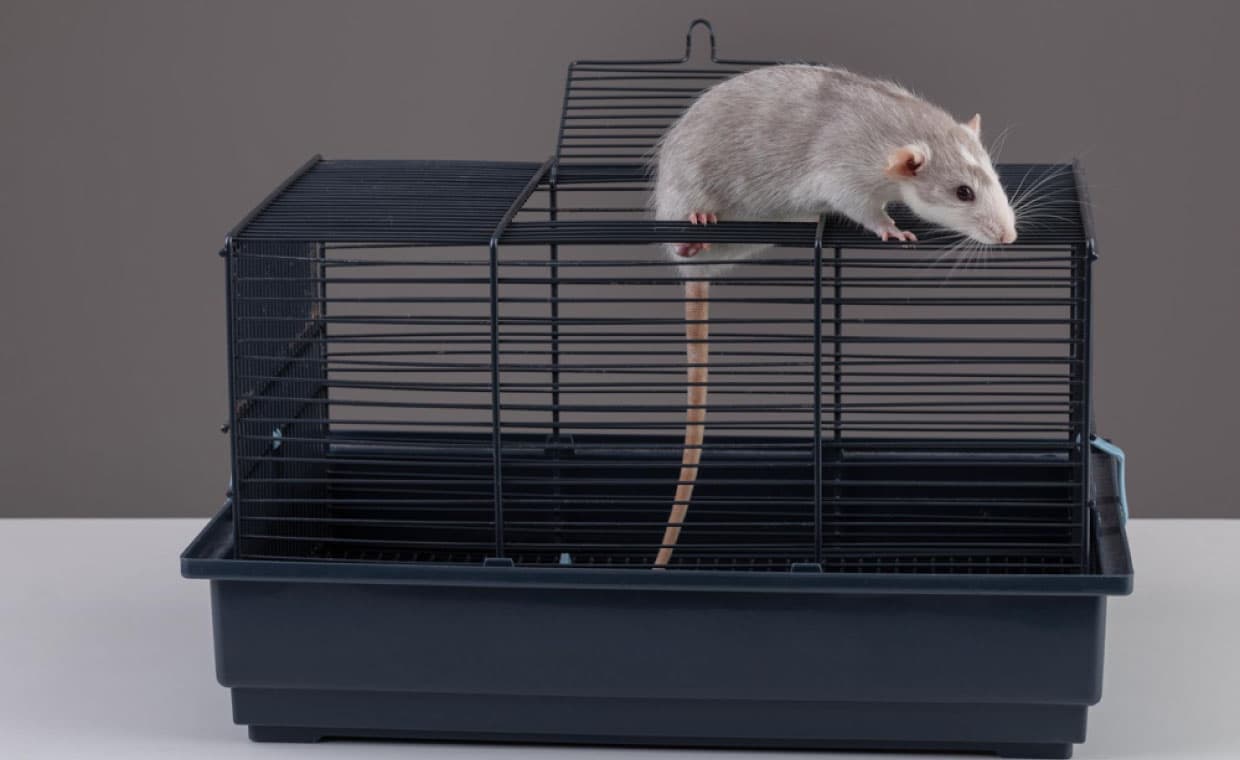
Table of Contents
Rodents are more than just an unsightly nuisance – they pose serious health risks and can cause extensive property damage. Whether it’s rats in the attic, mice in the kitchen, or gnawing noises behind the walls, the presence of rodents demands immediate action. While professional help remains the most effective option, many homeowners first try to handle the problem themselves. In this comprehensive guide, we break down the most effective DIY rodent control methods, what actually works, and which tactics often fall flat.
Why Rodent Control Matters?
Rodents are not just unpleasant house guests. They carry diseases, contaminate food, chew through electrical wiring, and reproduce at an alarming rate. A small rodent problem can become a full-blown infestation in just a few weeks. It’s no surprise that many people turn to the internet before calling in professional help but how reliable are these home remedies?
If you’re facing a stubborn infestation and want professional help, check out pest control in Dayton for targeted solutions tailored to your home and situation.
Effective DIY Rodent Control Methods That Work
1. Sealing Entry Points

The most important step in any rodent control strategy is prevention. Rodents can squeeze through tiny gaps, mice can fit through holes as small as a dime, and rats can pass through holes the size of a quarter.
Inspect your home thoroughly: pay special attention to areas around pipes, vents, foundation gaps, attic eaves, and door frames.
Seal gaps with steel wool, caulk, or metal mesh – materials rodents can’t chew through.
Install door sweeps on exterior doors and weather stripping around windows.
Pro Tip: Use hardware cloth to seal larger openings and combine it with expanding foam for a secure seal.
2. Strategic Trap Placement

Trapping is one of the oldest and still most reliable methods to catch rodents.
- Snap traps: Effective and affordable. Place them perpendicular to walls where droppings or signs of gnawing are found.
- Glue boards: These can work for mice but are generally less humane and less effective for rats.
- Electric traps: Provide a quick, lethal shock, great for indoor use and reusability.
- Live traps: Suitable for those who want a no-kill method, but remember that release must be far from your home.
Bait Suggestions: Peanut butter, bacon, oats, or dried fruit. Avoid cheese – it’s a myth.
3. Use of Rodenticides (With Caution)

Rodenticides can be effective but are risky for pets and children. They also pose a problem when rodents die in inaccessible areas.
- Use tamper-resistant bait stations.
- Always follow label instructions.
- Avoid widespread use inside the home.
Be cautious: Rodenticide use can lead to secondary poisoning of pets and wildlife.
4. Ultrasonic Repellents

Ultrasonic devices emit high-frequency sounds that are unpleasant to rodents but generally inaudible to humans.
- Best used in combination with traps and exclusion methods.
- Effectiveness varies – some rodents may become accustomed to the sound.
- Not a stand-alone solution.
These should be considered a supplementary measure, not a primary defense.
DIY Rodent Control Methods That Don’t Work (or Barely Work)
1. Mothballs

Mothballs are often suggested as a rodent deterrent due to their strong odor. However:
- Not potent enough to repel rodents in open spaces.
- Potentially toxic to pets and humans.
- Ineffective as a standalone solution.
2. Essential Oils

Peppermint oil, eucalyptus, and cloves are frequently mentioned in DIY forums.
- Short-term effect: Might deter rodents for a few hours or days.
- Requires frequent reapplication.
- Not strong enough to drive away an existing infestation.
3. DIY Sound and Light Devices

Flashing lights, loud radios, or DIY motion-sensor gadgets may scare rodents temporarily, but:
- Rodents are highly adaptable and eventually ignore these disturbances.
- These methods don’t eliminate the root cause – entry points and food sources.
4. Cats and Dogs as Natural Deterrents
While some pets may hunt rodents, relying on animals for rodent control is unreliable.
- Not all pets have the instinct or motivation.
- Rodents can still breed and nest in hidden areas pets can’t access.
- Pets may bring live rodents into the house, worsening the issue.
Tips for Successful DIY Rodent Management
- Be consistent: Check traps daily, refresh bait, and monitor sealed areas regularly.
- Maintain cleanliness: Store food in airtight containers, clean crumbs promptly, and manage waste properly.
- Eliminate nesting materials: Remove cardboard, fabric, and insulation from accessible storage areas.
- Trim landscaping: Keep bushes and trees trimmed and away from the house – these provide easy rodent access to the roof and attic.
When to Call in the Pros
Despite your best efforts, some infestations require professional intervention. Signs you need help include:
- Rodents visible during the day
- Foul odors suggesting dead rodents
- Chewed wires or fire hazards
- Structural damage
- Failed DIY attempts over 2–3 weeks
Professional pest control services offer customized, long-term solutions, including monitoring and follow-up, that go beyond the scope of what most homeowners can do alone.
FAQs on Rodent Control Methods
1. What is the Most Effective DIY Rodent Control Method?
Sealing entry points combined with strategically placed snap traps offers the best results for DIY control.
2. Do Peppermint Oil and Mothballs Repel Rodents?
They might deter rodents temporarily, but they are not reliable long-term solutions for an infestation.
3. Can I Get Rid of Rodents Without Killing Them?
Yes, live traps allow for humane capture and release, but ensure you release rodents far from your home to prevent return.
4. How Long Does it Take to Eliminate a Rodent Infestation?
With consistent trapping and sealing, a minor infestation can be managed in 1–2 weeks. Larger infestations may take longer or require professional intervention.
5. Are DIY Methods Safe for Pets and Children?
Many are, especially physical traps and exclusion methods. Avoid rodenticides or choose enclosed bait stations to minimize risk.
Final Thoughts
DIY rodent control can be effective when done systematically and consistently. However, not all methods are equal – some are little more than urban legends. Combining entry point sealing, effective trapping, and cleanliness will give you the best chance of reclaiming your space from unwanted pests. When in doubt, don’t hesitate to bring in professional support.
Also Read: Top 8 Tips to Prevent Pest Infestation at Your Home!






























